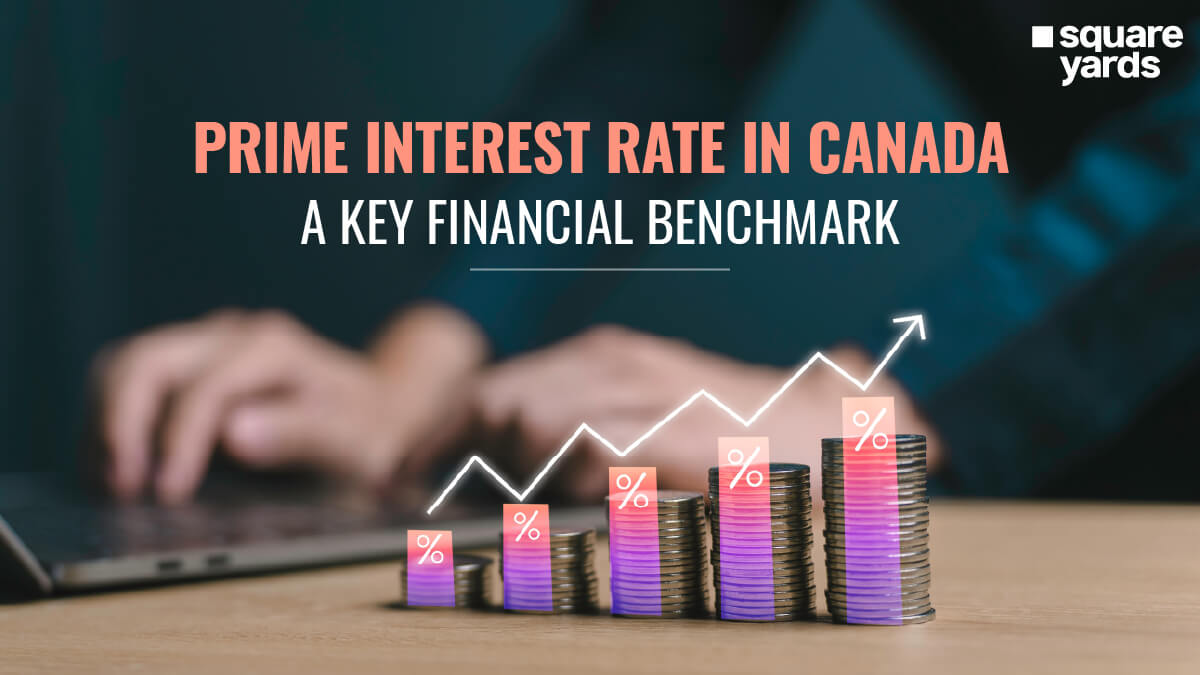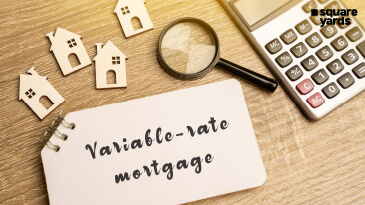A mortgage closing in Canada is the final step in the home-buying process, marking the culmination of what might have been weeks or months of effort in securing financing, finding a property, and negotiating with the seller. During the closing, all the necessary paperwork is completed, and the funds are exchanged to finalise the transaction. In essence, this is the moment when the ownership of the property officially transfers from the seller to the buyer, and the mortgage loan is activated. For many, it’s the final hurdle before they can call themselves homeowners.
The process can feel overwhelming due to the number of documents to review and sign. However, understanding what happens at a mortgage closing can significantly reduce stress and ensure you’re well-prepared for this critical step. In the simplest terms, it’s the last legal step before you get the keys to your new home, making it a pivotal moment in the home-buying journey.
During this stage, you’ll finalise agreements with your lender, pay the necessary fees, and take legal possession of the property. While many perceive it as a complex legal procedure, breaking it down into steps will help you navigate it more smoothly.
Breaking Down the Meaning of Mortgage Closing in Canada
A mortgage closing refers to the point at which the mortgage loan becomes legally binding. It’s when all parties (the buyer, seller, lender, and any legal representatives) agree that the terms have been fulfilled. At this stage, the borrower formally agrees to the terms of the mortgage, and the funds from the loan are used to pay the seller and any other fees or taxes associated with the transaction.
So, what does this mean for you as a homebuyer? Simply put, the event officially makes you responsible for repaying the loan. From this moment forward, you begin your journey as a homeowner, bound by the terms of the mortgage contract.
Moreover, closing is when all the paperwork and legal formalities are addressed, ensuring that everything is legitimate and that there are no disputes down the road regarding ownership or financing. The process typically takes place at an office—either a lawyer’s office, a title company, or a notary public’s office—depending on the region and the regulations that govern real estate transactions in that area.
Who Handles a Mortgage Closing in Canada?
A mortgage closing in Canada is typically handled by a closing agent, who could be a lawyer, a notary public, or a representative from a title company, depending on the local laws and the specifics of your transaction. The role of the closing agent is crucial in ensuring that everything is done correctly. They act as a neutral third party to oversee the transaction, ensure that all documents are properly signed, and manage the transfer of funds.
In Canada, for example, a lawyer is often involved in the mortgage closing process to ensure all legal aspects are covered. The lawyer will review the mortgage documents, confirm that the terms align with the agreements made between the buyer and lender, and verify that the title is clear, meaning no other claims or liens exist on the property.
The closing agent also ensures that the seller receives payment and that any debts, such as property taxes or liens on the property, are paid off at closing. With a closing agent, the process could easily become manageable, with multiple parties involved and significant sums of money changing hands.
Is Mortgage Closing Necessary?
If you’re buying a property with the help of a mortgage loan, then a mortgage closing is absolutely necessary. Without it, the sale would not be legally finalised, and the loan agreement would not be effective. In simple terms, the closing is the event that ties everything together—the lender provides the funds to the seller, and you take legal ownership of the home.
For the buyer, the closing ensures that all aspects of the sale are legally binding and that you’re protected against any potential issues with the property’s ownership. For the lender, it ensures that the loan is properly secured by the property. Skipping or improperly handling this step could result in legal disputes or financial issues down the road, so it’s in everyone’s best interest to complete the closing properly.
What Are The Main Steps In A Mortgage Closing in Canada?
The mortgage closing process consists of several steps, each important in ensuring a smooth and legally binding transaction. While the exact steps may vary depending on your location and the specifics of the transaction, the following are the general steps involved in a typical mortgage closing:
Reviewing the Closing Disclosure
Before your closing date, your lender will provide you with a Closing Disclosure, which outlines the final terms of your mortgage, including the loan amount, interest rate, and closing costs. It’s essential to review this document carefully to ensure everything matches what was discussed earlier in the mortgage application process. Any discrepancies should be raised with your lender immediately.
The Closing Disclosure also details your monthly payments, the total cost of the loan over time, and any other fees you will need to pay at closing. This transparency allows you to go into the closing with a full understanding of your financial obligations.
Paying Closing Costs
One of the most crucial steps in the mortgage closing process is paying the closing costs. These costs typically range between 2% and 5% of the loan amount and include fees for the appraisal, title search, attorney services, and more. You’ll be expected to pay these fees on the day of closing, so having these funds ready is essential.
It’s worth noting that while these costs can be significant, they are necessary to ensure that all aspects of the transaction are legally sound. Some lenders may allow you to roll these costs into your loan, but this will increase your repayment.
Signing Documents
At the closing, you’ll be required to sign numerous documents, including:
-
- The promissory note, which is your formal agreement to repay the loan.
- The mortgage or deed of trust, which gives the lender a legal interest in your property as collateral for the loan.
- The deed, which transfers ownership of the property from the seller to you.
These documents are legally binding, so it’s important to understand what you’re signing. If anything is unclear, don’t hesitate to ask for clarification.
Final Walkthrough
Before the closing, usually a day or two before, you’ll have the opportunity to do a final walkthrough of the property. This is your chance to ensure that the home is in the agreed-upon condition and that any repairs requested after the home inspection have been completed. If anything seems amiss, you can raise these issues before the closing.
Transfer of Funds and Title
Once all the documents have been signed, the closing agent will handle the transfer of funds. The buyer’s lender will provide the necessary funds to cover the cost of the home, and the seller will receive payment. Additionally, any outstanding debts, such as liens or property taxes, will be settled at this time.
Finally, the closing agent will ensure that the title is transferred from the seller to the buyer. This involves recording the new ownership with the local government, ensuring that you are now the legal owner of the property.
Mortgage Instructions and Payout Details
During the closing, the lender will provide mortgage instructions, which are specific guidelines for how the loan must be processed and completed. The closing agent or lawyer will follow these instructions to ensure everything is done according to the lender’s requirements.
Additionally, a payout statement will be provided. This document outlines how the funds from the mortgage will be used to pay off any existing debts or liens on the property, ensuring that the seller’s financial obligations are cleared before the buyer takes ownership.
Performing Title Searches
A critical part of the mortgage closing process is the title search. This search ensures that the seller has legal ownership of the property and that there are no liens or claims against it. If any issues arise, such as a lien for unpaid property taxes, these must be resolved before the closing can proceed.
The title search also ensures that the buyer receives a clear title, meaning there are no legal challenges to their ownership of the property. This is an essential step in protecting both the buyer and the lender from future legal disputes.
Legal Documents Preparations
Several legal documents need to be prepared for the closing, including the deed, the mortgage agreement, and the promissory note. These documents must be carefully drafted to ensure they comply with all local laws and accurately reflect the terms agreed upon by the buyer and lender.
Conclusion
The mortgage closing process is an important step in purchasing a home. While it may seem complicated, each step is designed to protect both the buyer and the lender, ensuring a smooth transfer of ownership and a legally sound mortgage agreement. By understanding the process and preparing in advance, you can make the closing seamless and start your journey as a homeowner on the right foot.
You May Also Read
|
What is Readvanceable Mortgage in Canada |
|
|
Guide To Adjustable Rate Mortgage |
|
|
Know The Halal Mortgage in Canada |
|
|
Explore The Tax Deductible Mortgage Strategies |
Frequently Asked Questions (FAQs)
What is a closed mortgage in Canada?
A closed mortgage in Canada limits how much extra you can pay towards your loan without incurring penalties. Closed mortgages often come with lower interest rates compared to open mortgages, but they are less flexible. If you want to pay off your loan early or make additional payments, a closed mortgage may restrict your options.
What happens at the end of a mortgage term in Canada?
When a mortgage term ends, you must either renew your mortgage, switch to a new lender, or pay off the remaining balance. If you choose to renew, you can negotiate new terms, such as the interest rate or the length of the next term. If you choose to switch lenders, you may be able to find a better deal, but you’ll need to go through a new application process.
What happens when you pay off your mortgage in Canada?
When you’ve fully paid off your mortgage, the lender will issue a mortgage discharge, which legally confirms that the lender no longer holds a financial interest in your property. At this point, you’ll own the home outright, free from any mortgage obligations.
What are the steps of the closing process?
The steps of the closing process include reviewing the Closing Disclosure, paying closing costs, signing the necessary legal documents, completing a final walkthrough of the property, and transferring the funds and title to complete the transaction.











